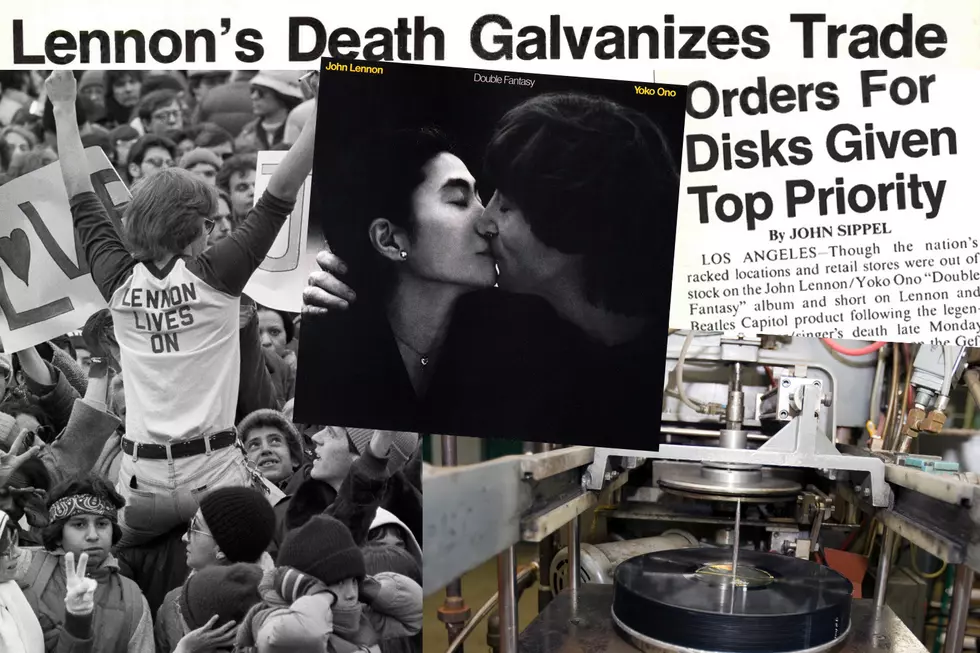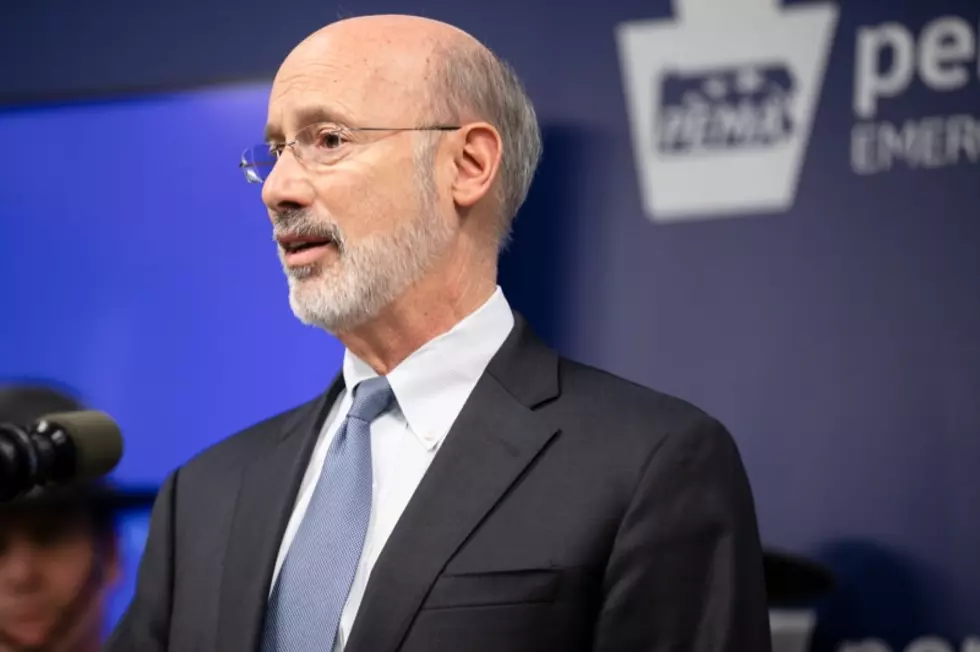
How John Lennon’s Death Caused a Rush on His Final LP
Maybe it was because no rock star had ever been assassinated before John Lennon was shot dead on Dec. 8, 1980. Maybe it was because his new album, Double Fantasy, was such a return to form. Or maybe its release after a five-year hiatus inspired its own double fantasy of positivity tinged with nostalgia, which stung even more after being so cruelly torn away.
Whatever the reasons, in an era before digital platforms, when physical product was the only material musicians sold, Lennon's murder triggered what was probably the last big record run in history.
While journalists clamored for headline-friendly statistics, it’s notable that record companies were trying to avoid giving them, because they didn’t want to “exploit the tragedy.”
In the U.S., Geffen Records guaranteed that between a third and 40 percent of Double Fantasy orders would be fulfilled in time. The album was released only three weeks earlier and was among the Top 10 bestsellers in most territories before the tragedy. In the U.K., EMI confirmed that its pressing plant was working at maximum capacity, producing only Lennon and Beatles records. In the 24 hours following Lennon's death, the label received 100,000 orders each for the singles “Imagine,” “Happy Xmas (War Is Over)” and “The Ballad of John and Yoko.”
Even the Billboard issue that focused its coverage on Lennon reflected rushed work, with stories starting on one page, continuing later in the magazine, jumping to a few column inches before concluding near the back pages. Deeply emotional reaction, the likes of which many writers never encountered before or since, were published alongside deeply emotional tribute ads, with music corporations touched by Lennon’s influence paying homage to the artist who was posthumously proving the validity of the famous Beatles lyric “In the end, the love you take is equal to the love you make.”
It was all part of what one writer called the “remarkable speed and intensity” of the moment; another argued it was the result of its starkness, noting that that while 28 stars had died in the rock era so far, none, as far as they knew, had been murdered.
“Lennon’s passing triggered a run on his product not experienced by the industry since Elvis Presley’s death in August 1977,” one report said, pointing out that Lennon records were “top priority” in every pressing plant. “Major merchandisers ... sense a greater immediate buying by the consumer for investment than occurred when [Presley] died.” This was supported by the primary run on vinyl. “Affirming the collectors’ theory was the fact that dealers reported a run on LPs rather than cassette or 8-track copies.”
While a store in London recorded “queues out the door and down the street” with “patrons attired in black” waiting to buy Lennon's music in the hours after the news broke, one U.S. retailer said he refused to sell a customer the 15 copies of Double Fantasy in stock. Others reported requests for five or six copies. “I would doubt if it's possible to get any recording at present by Lennon or the Beatles in any European territory,” said EMI's representative in the area.
Demand was increased by the wall-to-wall media coverage, during which even staid publications like The Times was said to have devoted more space to Lennon’s death than it had to the passing of state dignitaries.
“A quick spin across the radio dial would lead a listener to believe that he has been transported back to the 1960s at the height of Beatlemania,” one writer observed, explaining that on-air tributes included some usually calm presenters having “spilled their guts” while humor-based shows “became low-key.”
Jim Kerr, who at the time was the youngest-serving morning radio host in history, marked his 28th birthday covering the Lennon events. “I was too young to fully understand feelings of older people when John Kennedy was shot,” he told listeners on WPLJ-FM in New York. “Now I understand. … I’m grown up now.”
Beatles Albums Ranked
More From 99.1 The Whale










